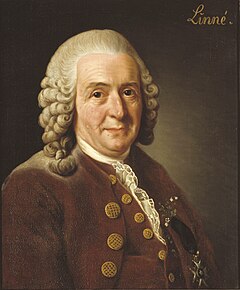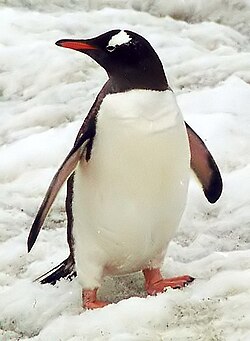Functional Groups are groups of specific atoms that are responsible for chemical reactions of molecules.
The Functional Groups you should know
- Hydroxyl is an alcohol group that dissolves organic bacteria or compound. Mostly, molecules that end in -ol belong to the hydroxyl group like alcohol, methanol, ethanol, etc.
- Carbonyl is a functional group in which a carbon atom is joined to an oxygen atom by double bond. It gives sugar molecules longer polymers especially in carbohydrates. There are two carbonyl groups: (1) Ketose in which the carbonyl group is within the carbon skeleton; and (2) Aldose in which the carbonyl group is at the end of the carbon skeleton.
- Carboxyl is the functional group that is the combination of the hydroxyl and carbonyl group. In this functional group, an oxygen atom is double bonded to a carbon molecule that is bonded to a hydroxyl group. It is responsible for the formation of acid.
- Amino is the functional group that is responsible for the creation of the base or the polypeptide chain. It is also the building block of protein.
- Sulfhydryl is the functional group that consists of a sulfur atom bonded to an atom of hydrogen, resembles a hydroxyl group in shape. Two sulfhydryl groups can react, forming a covalent bond. This “cross-linking” helps stabilize protein structure. Cross-linking of cysteines in hair proteins maintains the curliness or straightness of hair. Straight hair can be “permanently” curled by shaping it around curlers, then breaking and re-forming the crosslinking bonds.
| The carbon skeleton of the five functional groups. |






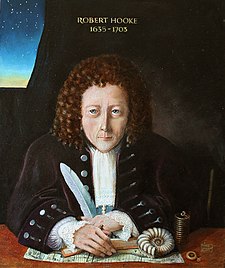


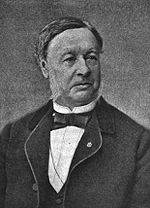

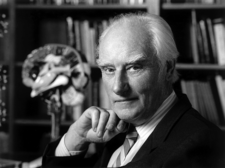


.jpg/225px-Robert_Brown_(botanist).jpg)
